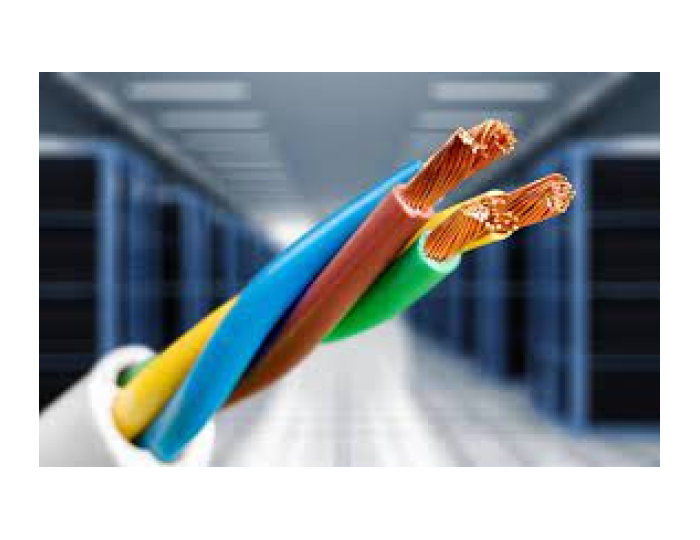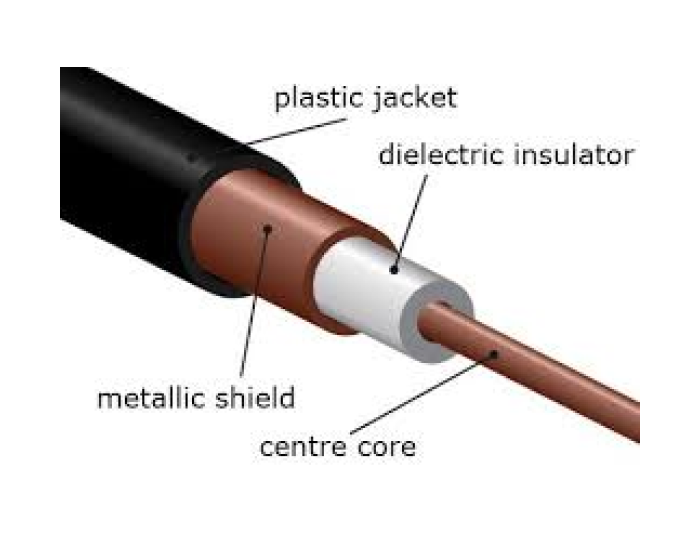CABLES
Cable is defined as a group of individually insulated wires (conductors) encased together in sheathing. Sheathing is a non-conducting material with protective properties to shield the conducting part of the wire/cable
Cross sectional area of the conductor – sometimes called 'cable size' Given as mm², it describes the total cross-sectional area of the copper conductor. Cable will be sized 1 mm², 2 mm², 4 mm² etc. and may be written as 1 mm, 2mm, 4mm. This is not the diameter of the cable.



